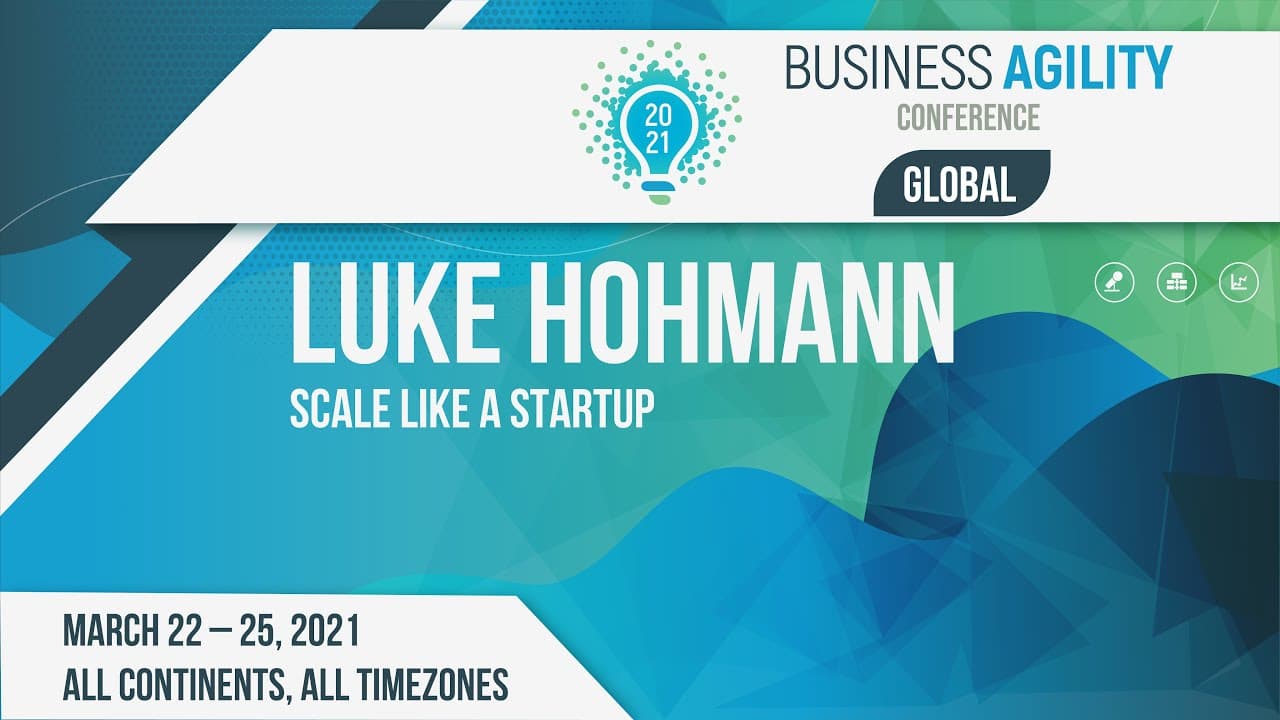Many of you might be thinking, “Are you nuts? SAFe, this enormous framework that’s supposedly un-agile?” You might be surprised. I am a former member of the SAFe framework team, responsible for Agile Product Delivery and Lean Portfolio Management. I was also the principal author of the current SAFe LPM, APM, and POPM courses. So, I’ve had some influence in shaping SAFe, and today, I want to share how it supports my startup journey.
My Background
I am a serial entrepreneur and philanthropist, involved with the Every Voice Engage Foundation. I’ve contributed to the Agile Alliance and Scrum Alliance, authored four books (with more to come), and continue to have fun in the Agile world.
What Makes a Good Startup?
A successful startup needs:
- A compelling problem to solve
- A large enough market to sustain profitability
- Desirability, viability, feasibility, and sustainability
- A caring and competent team
- A pinch of humility and a whole kilo of crazy
At First Root, we are fighting financial inequality worldwide through a participatory budgeting app built for schools and students. We have a passionate team, and for those who think I’m crazy—well, when I introduced Innovation Games at the 2003 Agile Conference, everyone thought I was nuts, but it worked out.
How Do You Build a Startup?
Building a startup requires:
- Understanding customers through design thinking
- Investing in architecture
- Collaboration and planning
- Experimentation through the Lean Startup approach
- Economic forecasting to ensure sustainability
Wait a minute—isn’t all of this in SAFe?
SAFe as a Startup Framework
The exact center of SAFe is the customer. Everything revolves around them. SAFe provides four configurations, and while many think of the full or large solution configurations, the portfolio configuration is the sweet spot for startups.
In the portfolio configuration, SAFe includes:
- The Business Model Canvas
- Strategic Themes
- Estimation techniques
- A variation of the Lean Startup cycle for experiments
- Market-based release timing
For example, since we develop software for schools, releasing in June (when students are on break) makes no sense. Instead, we align releases with academic cycles.
Emphasizing Key SAFe Elements
One critical aspect of SAFe for startups is Managed Investment Contracts. These contracts promote collaboration between purchasers and suppliers. We started with a six-month contract to build cadence and trust, running one-week iterations to maximize feedback.
Education is also key in a startup. We ensure both employees and contractors understand:
- The problem we are solving
- The technology we are using
- Agile practices through resources like SAFe’s Agile Software Engineering videos
Agile Product Delivery
Agile Product Delivery in SAFe ensures we build the right thing the right way. This involves:
- Customer centricity and design thinking
- DevOps and a continuous delivery pipeline
- Developing on cadence but releasing on demand
We integrate tools like Simon Sinek’s Golden Circle and the Value Proposition Canvas to refine our approach.
Tailoring SAFe for Startups
We modified certain SAFe elements, including:
- Adapting the persona canvas to better fit our needs
- Using graphic novels to document user stories
- Conducting extensive usability testing to ensure our product meets real-world needs
Architectural Runway and Iterative Development
When starting from scratch, everything is architectural runway. We prioritized:
- Internationalization (i18n) and localization (l10n)
- Cross-platform support using Flutter
- A UI driven by usability testing
- API-driven and event-sourced architecture
- Compliance with security regulations
Instead of a formal PI Planning, we followed an iterative approach:
- Align the team on the problem and mission
- Choose the overarching architecture
- Develop the data model and spike it
- Design the UI vision and spike it
- Design the API and spike it
Learning and Adjusting
We encountered challenges and made necessary pivots:
- We started with React but switched to Flutter
- We explored REST APIs but moved to GraphQL
- We changed our company name from Tilladin to First Root
- We reworked our performance tuning on Heroku
Our first release was incomplete—students could create proposals but not vote. However, with a strong CI/CD pipeline, we quickly iterated, completing our app within three months.
The Bigger Picture
Our work is driven by a deep mission. If you want to understand the importance of financial equality, I highly recommend reading The Spirit Level. Research shows that economic inequality leads to worse outcomes in trust, health, incarceration rates, and mental well-being. This understanding inspired me to build a startup that promotes economic participation through participatory budgeting in schools.
Final Thoughts
Some might ask, “Why not use Kanban or Scrum instead of SAFe?” The answer is simple: SAFe already includes everything we need—customer centricity, design thinking, sound economic decision-making, and portfolio management. Rather than bolting these onto another framework, I prefer starting with SAFe and tailoring it as needed.
Startups are challenging but rewarding. With SAFe as our guiding structure, we are able to innovate, iterate, and create meaningful impact. Thank you!

